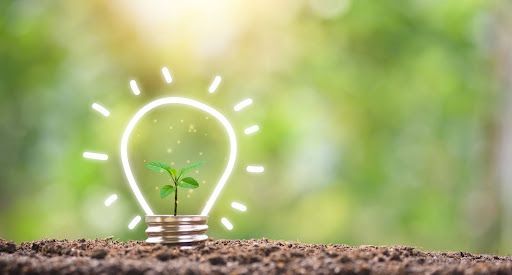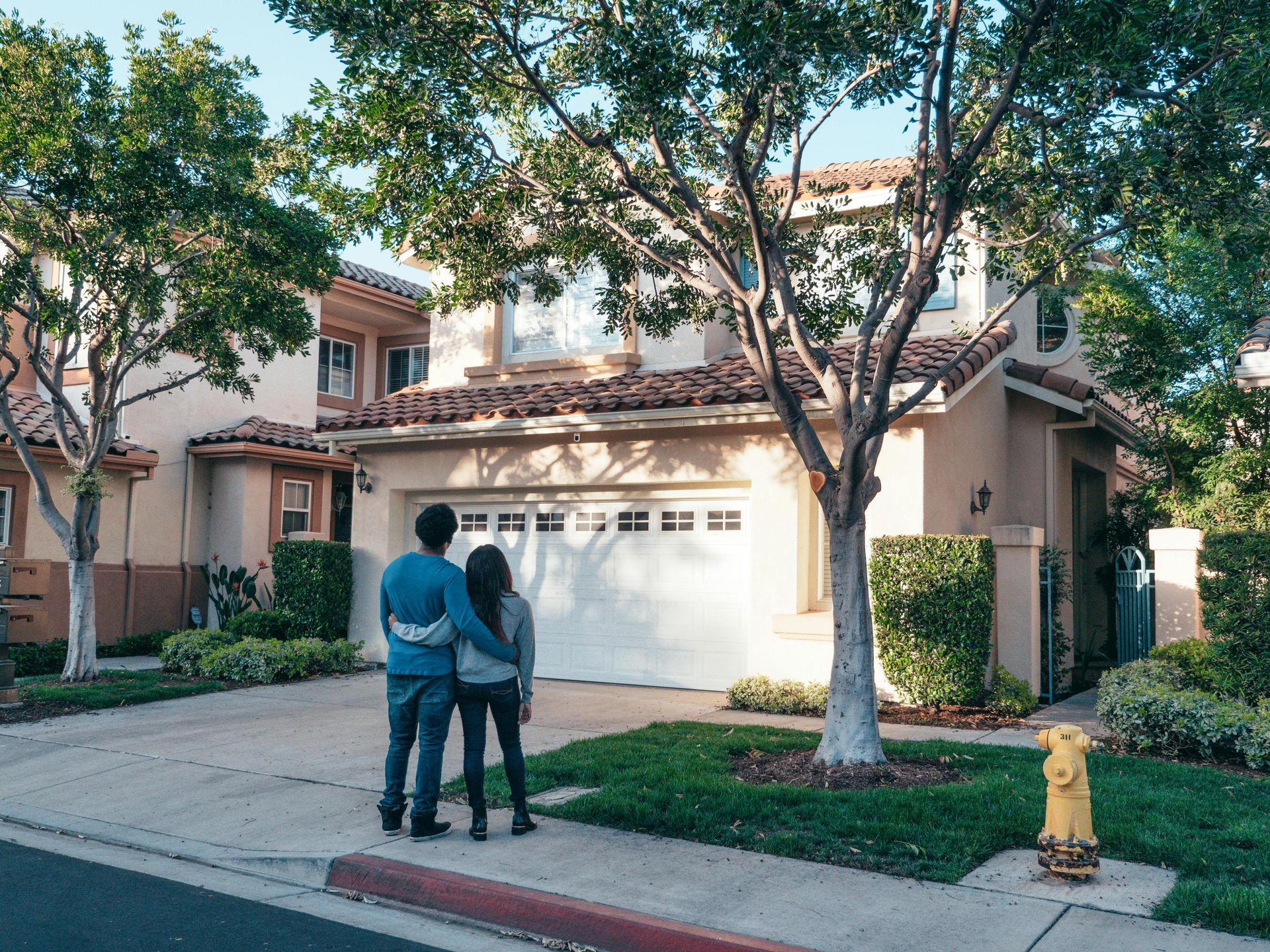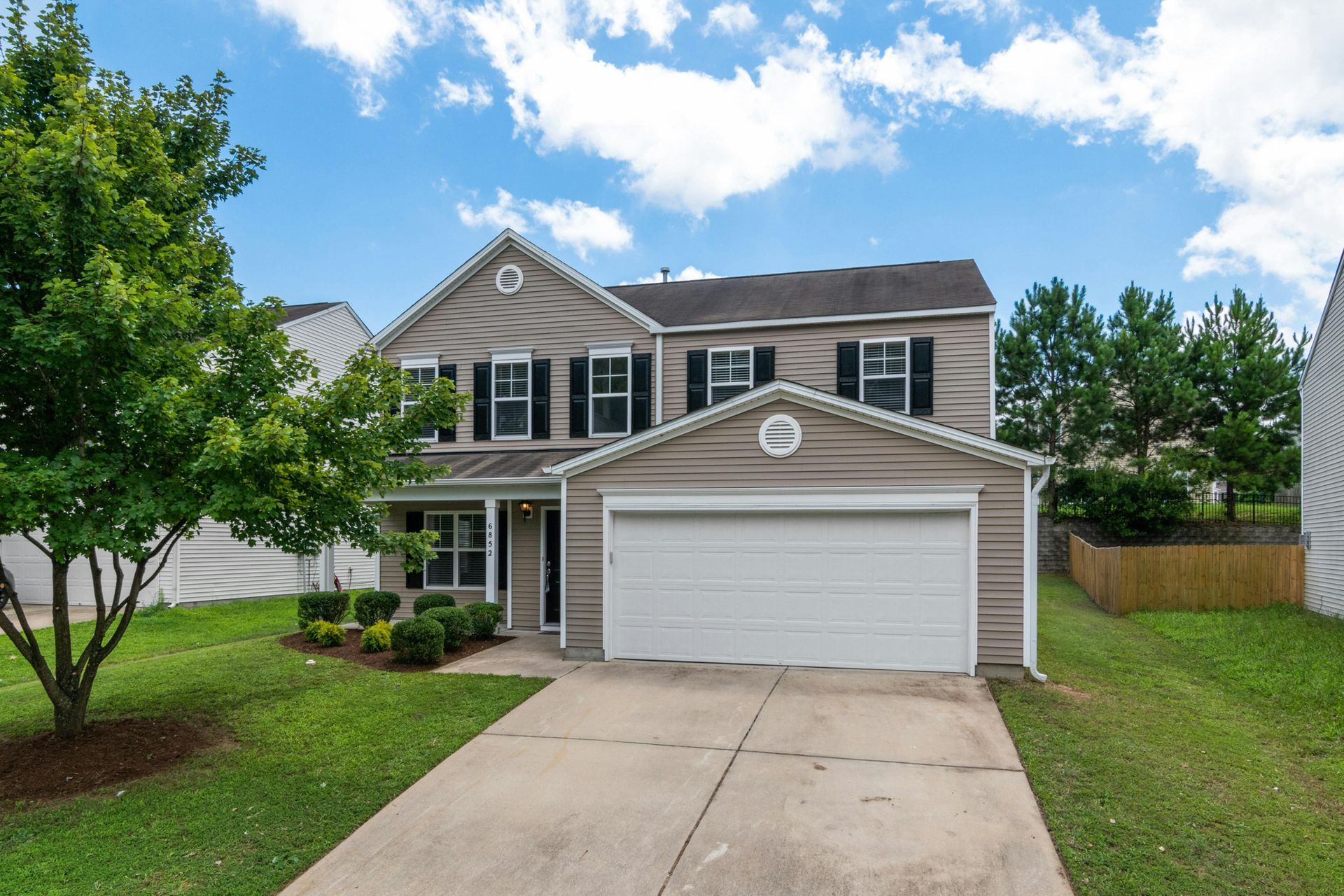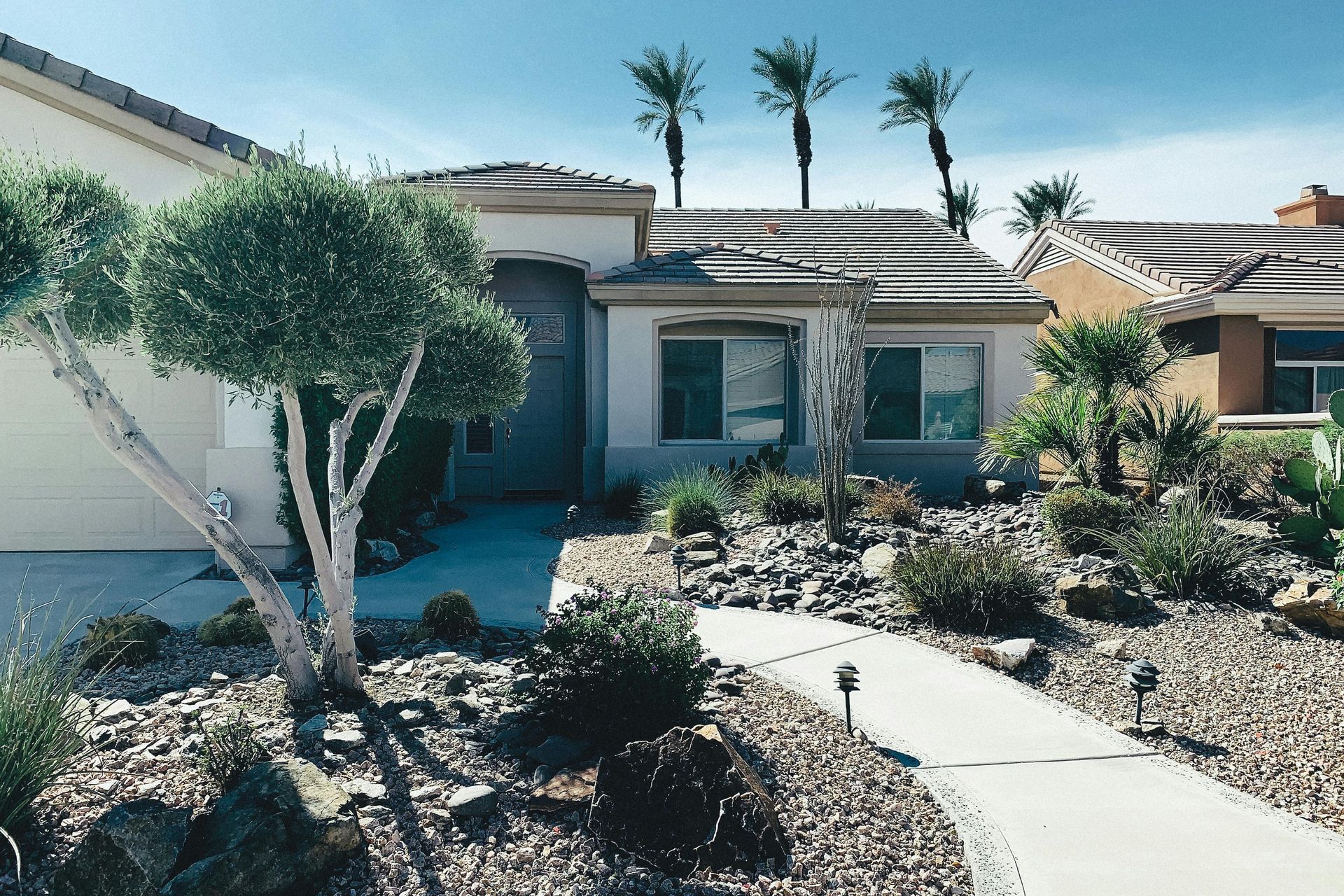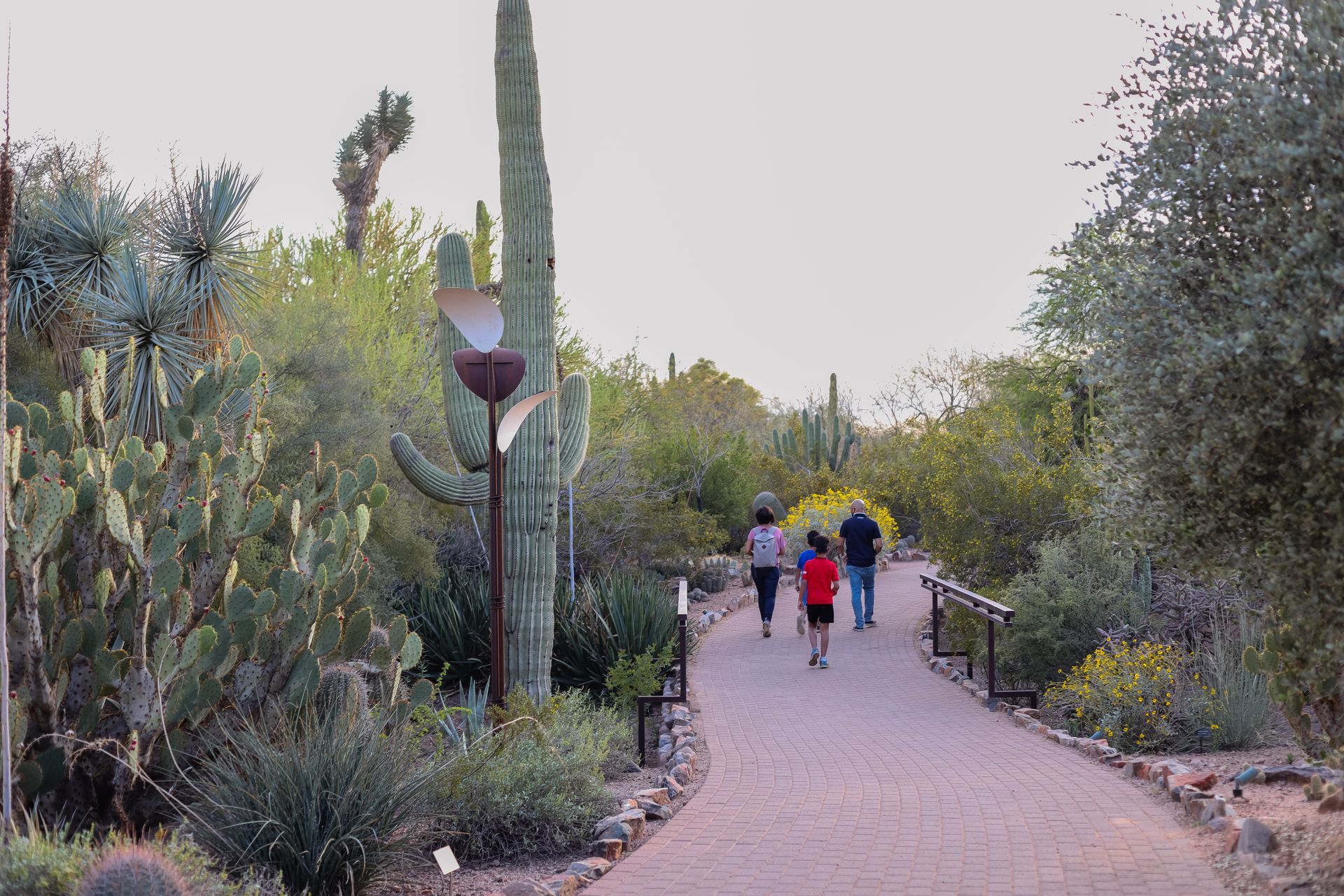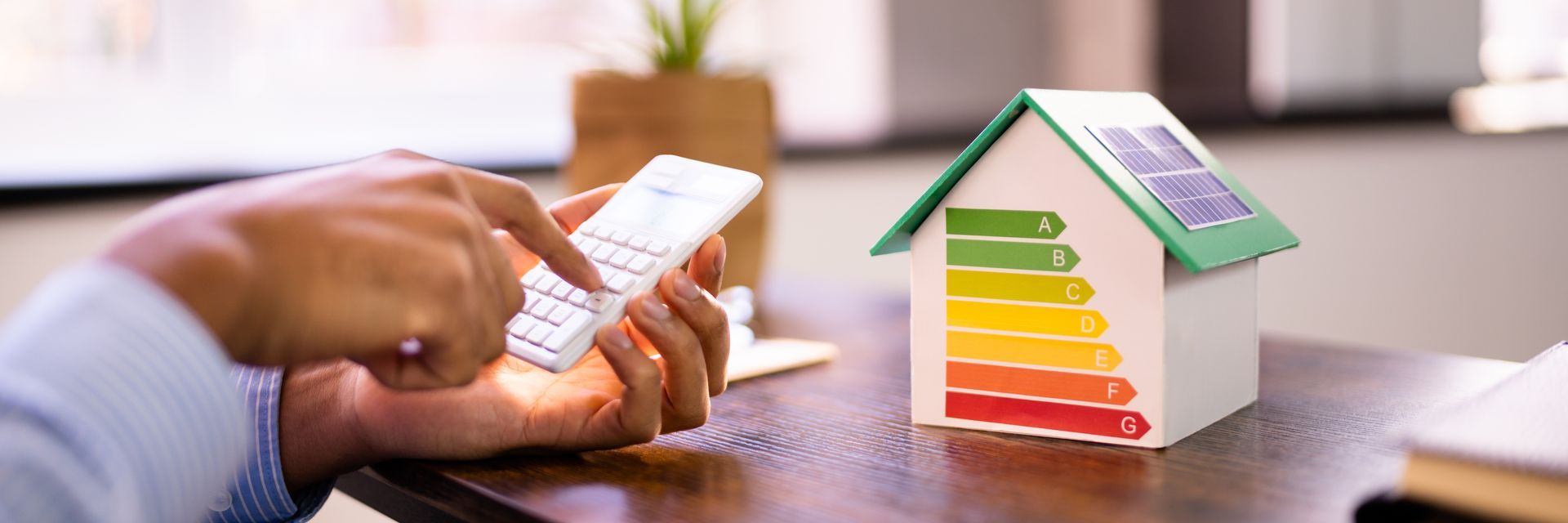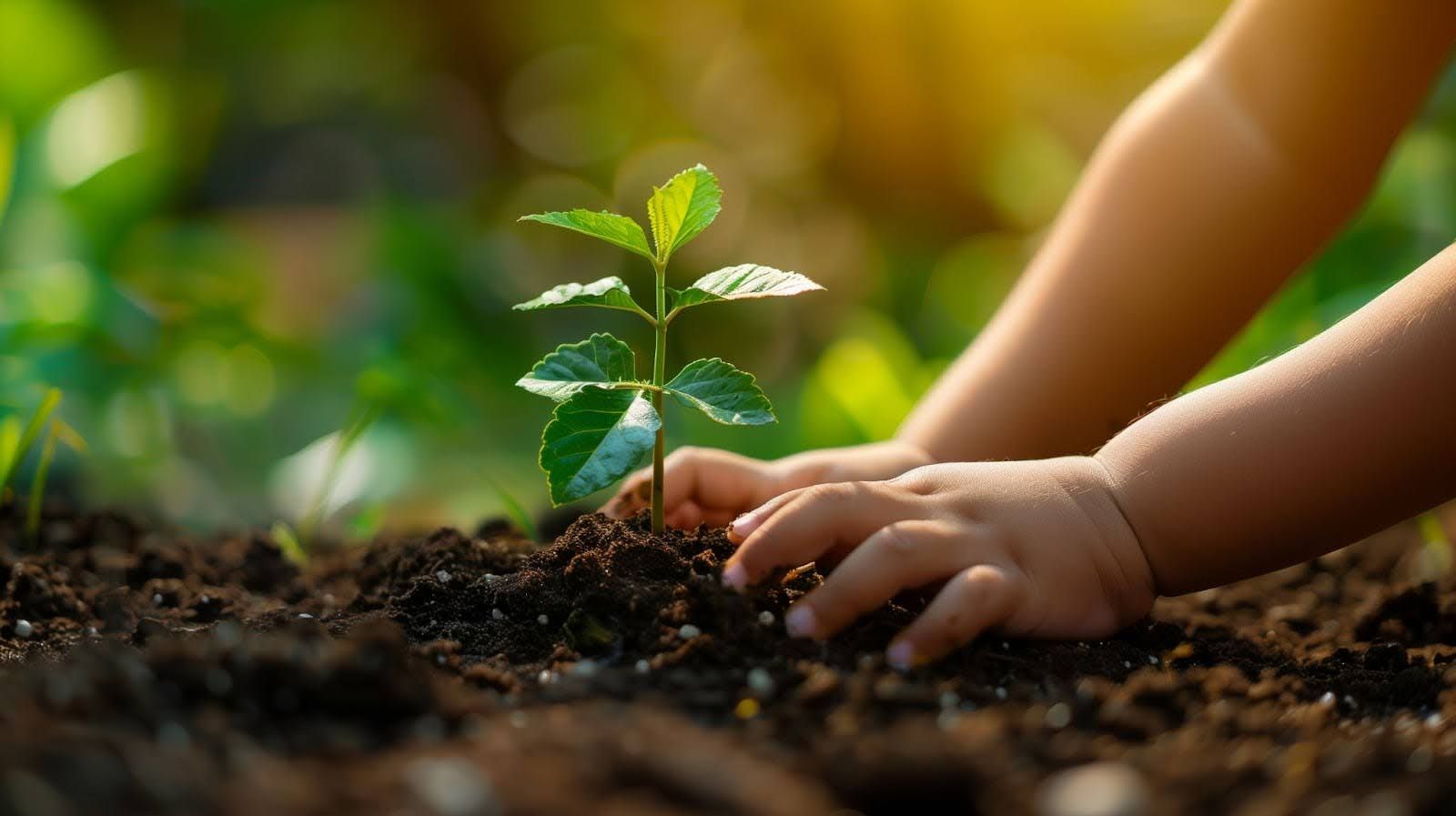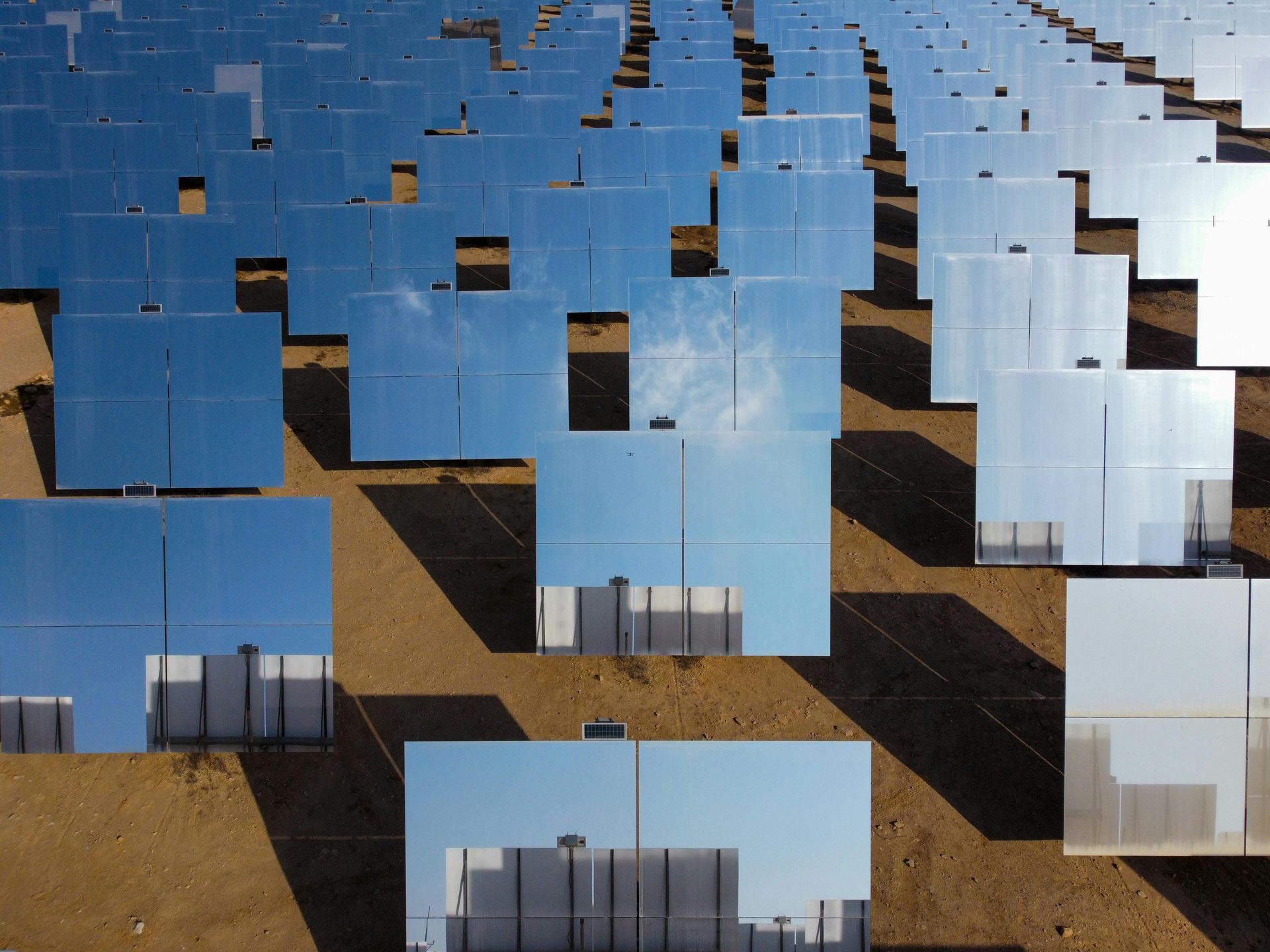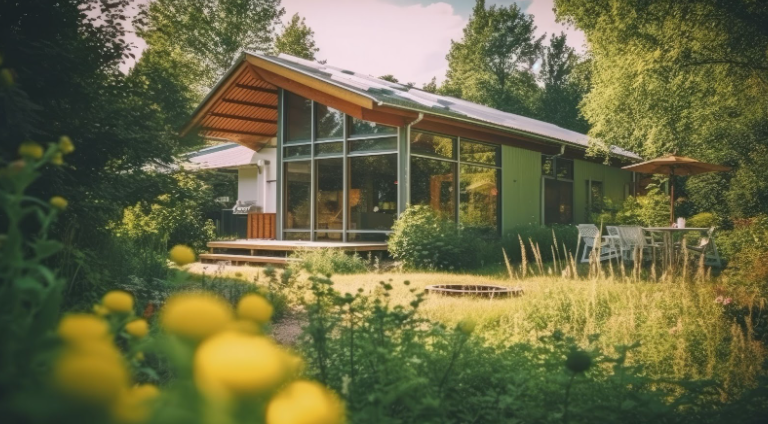Creating Sustainable Oasis with Hardscaping in Arid Regions

Designing landscapes in arid regions presents unique challenges, with water scarcity at the forefront. Hardscaping, the use of non-living elements in landscape design, emerges as a sustainable solution to this dilemma. In regions where Danijela Quenzler Realty operates, embracing hardscaping can transform outdoor spaces into beautiful, low-maintenance, and water-wise oases without compromising the aesthetic value or utility of the environment.
The Essence of Hardscaping in Arid Climates
Hardscaping serves as the backbone of desert landscaping. It involves the strategic use of materials such as stone, pavers, and gravel to create structures and features that withstand harsh climates with minimal water requirements. This approach is not only practical but also environmentally responsible, conserving water while providing functionality and visual appeal.
Rocks and Gravel: Foundations of Desert Landscaping
Rocks and gravel are quintessential to desert gardens. They cover the ground, reflecting heat, minimizing water evaporation, and suppressing weed growth. Available in various colors and sizes, these materials can be arranged to create visually striking patterns that mimic the natural desert landscape and provide a contrast to the sparse greenery.
Pathways and Walkways: Navigating with Style
Pathways and walkways crafted from flagstone, pavers, or decomposed granite guide movement through the garden while adding character. These paths can be designed to meander, leading to focal points or functional areas, and they contribute to soil stabilization, preventing erosion in heavy rains.
Patios and Outdoor Living Spaces: Extensions of the Home
Patios and outdoor living spaces are central to hardscaping in arid regions. Using materials that absorb less heat, such as light-colored pavers or tiles, these spaces become outdoor extensions of the home. They foster outdoor activities, dining, and relaxation, even in regions with extreme temperatures.
Water Features: The Illusion of Abundance
Incorporating water features such as fountains or recirculating streams can introduce the soothing sound and movement of water without significant evaporation or waste. These features often use a closed-loop system, recirculating the same water, which minimizes usage while creating a focal point in the landscape.
Shade Structures: Mitigating the Desert Sun
Shade structures are vital in arid landscapes, protecting both people and plants from the intense sun. Pergolas, gazebos, and covered patios crafted from wood or metal not only provide respite from the heat but also add vertical interest to the yard.
Fire Features: Warmth and Ambiance
Fire pits and outdoor fireplaces extend the usability of outdoor spaces into cooler evenings. They create a warm and inviting ambiance, serving as a gathering spot for social activities, and can be fueled by natural gas to avoid the smoke and ash associated with wood-burning fires.
Art and Sculpture: Personalizing the Space
Desert landscapes provide a perfect backdrop for art and sculptures. These elements infuse personal style into the space and can become the centerpieces of the garden, drawing the eye and adding a touch of elegance or whimsy to the outdoor environment.
Furniture and Decor: Comfort Meets Durability
Selecting furniture and decor for arid climates requires consideration of both comfort and material durability. Items made from materials that can withstand sun exposure and temperature extremes, such as metal, stone, or high-grade plastics, ensure longevity and continued enjoyment.
Xeriscaping Principles: The Harmony of Hardscaping and Flora
While hardscaping focuses on non-plant elements, xeriscaping principles create harmony by combining these features with drought-tolerant plants. This approach reduces water use while maintaining natural beauty. Native plants that thrive in dry conditions can be interspersed among hardscape elements for a balanced, eco-friendly garden.
Lighting: Illuminating the Night
Outdoor lighting can highlight hardscaping features and create a safe, inviting atmosphere after sundown. Low-voltage or solar-powered lights illuminate pathways, accentuate architectural elements, and spotlight plants or sculptures, adding depth and drama to the landscape.
Maintenance Considerations: Ensuring Longevity
Maintenance of hardscape elements is comparatively easier than that of traditional landscapes. Regular inspection and upkeep, such as sealing surfaces or checking the integrity of structures, ensure the longevity of the investment and preserve the garden's appearance.
Working with Professionals: Bringing Visions to Life
Creating a sustainable oasis with hardscaping requires planning and expertise. Landscape architects and designers can help homeowners bring their visions to life, selecting the right materials and designs that blend functionality with aesthetics while respecting the local environment.
Hardscaping is a strategic approach to landscape design in arid regions, offering sustainable, water-efficient solutions that enhance the beauty and functionality of outdoor spaces. By utilizing materials like rocks, pathways, patios, and incorporating elements such as water and fire features, property owners can create stunning backyard retreats that resonate with the surrounding desert environment. With an eye for design and a commitment to sustainability, homeowners can unlock the value of their landscapes, crafting spaces that thrive in arid climates while providing a respite from the heat.
Ready to transform your arid landscape into a sustainable, water-conserving oasis? At Danijela Quenzler Realtor, we specialize in finding properties that offer the perfect canvas for your hardscaping dreams. Let us guide you to a home where you can bring these innovative outdoor designs to life. Contact us today to start your journey toward creating an outdoor space that's both beautiful and environmentally friendly.
